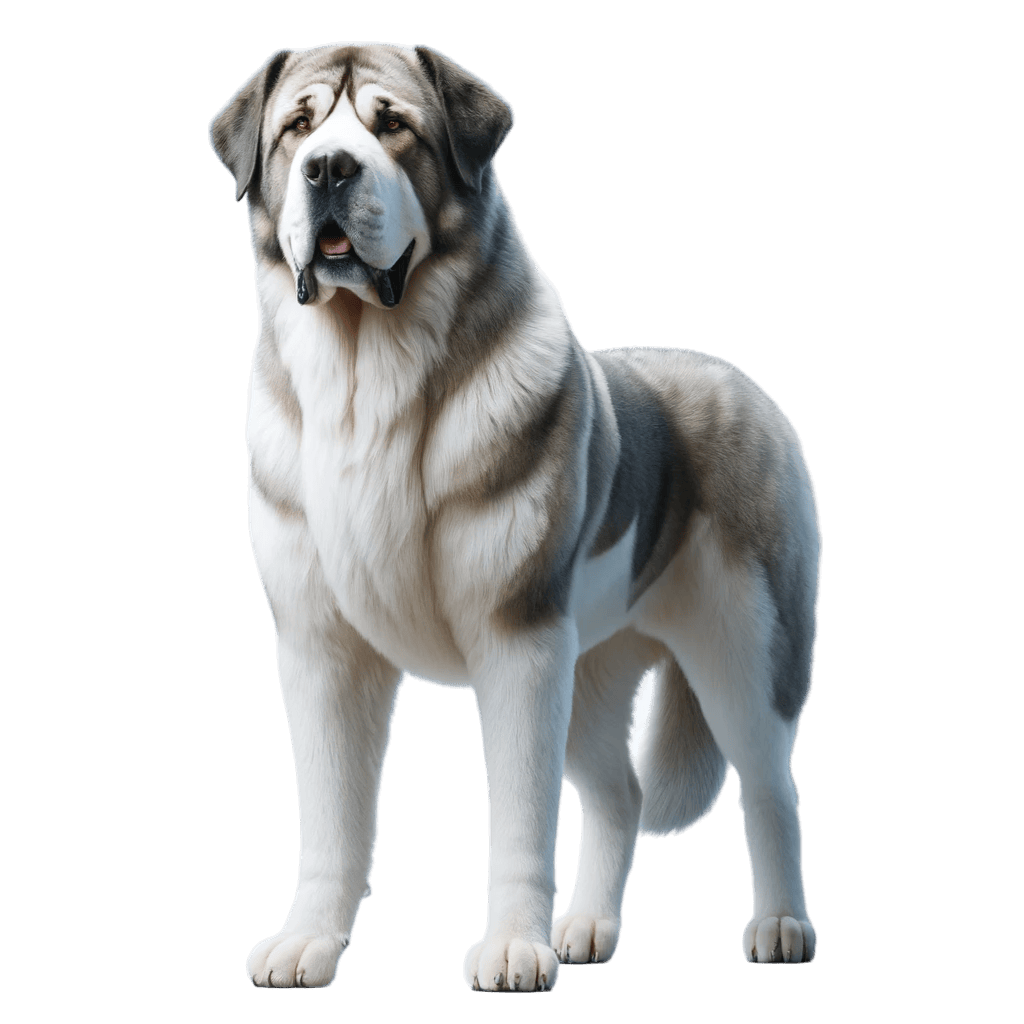ITALIAN GREYHOUND
A brief overview
The Italian greyhound is a small, elegant and agile breed of hunting dog with a long history, dating back to ancient Rome. A slender body and smooth coat are characteristic of this breed. Although they are active dogs, they tend to be calm and gentle at home, enjoying closeness with their handlers.

Table of contents
Country of origin
Officially, according to the FCI standard, the Italian Chariot is considered a breed native to Italy. Its roots go back to ancient Egypt and ancient Greece and Rome, where it was also present. However, it was in Italy that it was fully developed and standardized.

BREED CHARACTERISTICS
Weight
Up to 5 kg.
Height
32 – 38 cm.
Type of hair
Short, silky and delicate. Black, gray and isabella coloring.
Life expectancy
12 – 15 years.
Health
The breed is considered healthy, but is prone to injuries and fractures.
Character
Lively, responsive and gentle.
Need for exercise
High need for movement.
FCI classification
Group 10 (sighthounds), section 3 (short-haired sighthounds).
Price
4,500 – 5,000 PLN, up to as much as 10,000 PLN or more (ZKwP).
History and origins
The Italian greyhound is believed to have originated from small greyhounds living in ancient Egypt. At the beginning of the 5th century B.C., the breed came to Italy via Laconia (Greece). This is evidenced by numerous images on objects such as vases and bowls from this region. Representatives of the breed can also be found in the paintings of the greatest Italian and world masters of the Renaissance. It is this period that marks the greatest development of the breed. The first Italian greyhound came to Poland from one of the Russian kennels in 1991.
Appearance and physique
The Italian greyhound is a small, elegant greyhound with a harmonious build and square body. His slender body is well-muscled, yet delicate, which gives him exceptional grace and lightness of movement. It is characterized by long, thin legs, which allow it to move with remarkable agility and speed. The head of the Italian greyhound is narrow and elongated, with a finely defined foot and a subtly rounded forehead. The eyes are large, dark and expressive, expressing intelligence and alertness. The ears are small, thin and high-set, usually worn folded back, but may lift when the dog is curious or excited. The coat of the Italian greyhound is short, smooth and silky, clinging closely to the body. It can come in a variety of colors, such as black, gray, isabella (beige) or fawn, sometimes with white markings on the forechest and paws. The tail is long, thin, low-set and carried curved downward.
Temperament and behavior
The Italian greyhound is a dog with an exceptionally gentle and friendly temperament. Known for its sensitivity and gentleness, it is extremely attached to its guardians and enjoys spending time in their company. Italian greyhounds are affectionate and loyal, often showing a great need for closeness and physical contact, which makes them eager to cuddle with their guardians. Although they are small dogs, Italian greyhounds have a lot of energy and need regular exercise to stay fit and healthy. They love to run and play outdoors, but after an active day they can relax and unwind at home. Their exuberance outdoors contrasts with their calm demeanor at home.

Training and activity
Italian greyhounds are intelligent, cooperative and quick to learn, especially if training is varied and interesting. On the other hand, they can be a bit shy with strangers, but if well socialized they will be positively disposed to people and other animals. In terms of physical activity, the Italian greyhound, despite its small stature, is an energetic and agile dog that needs regular walks and exercise. This is a breed that loves to run and explore. It is important to keep the Italian greyhound safe during outdoor activities, especially since its hunting instinct may lead it to chase small animals.
Health and life expectancy
The Italian greyhound is a relatively healthy dog breed that can live 12 to 15 years, and sometimes longer, if properly cared for. However, they are predisposed to dental problems such as periodontal disease, so regular tooth brushing and dental check-ups are key. Because of their fragile bones, Italian greyhounds are prone to fractures, especially at a young age, so it’s important to provide them with a safe environment. They can also be susceptible to genetic diseases such as von Willebrand’s disease and thyroid problems, which requires regular veterinary checkups. A proper diet, regular exercise and mental stimulation help keep them healthy and fit.

Care and custody
The grooming of the Italian greyhound is not complicated, but requires a gentle and caring approach. Its short coat is easy to care for and requires brushing once a week, and regular baths are needed only when the dog is dirty. Due to its slim body and short coat, it is advisable to provide the greyhound with warm clothes for colder weather.
Diet and nutrition
Because of the delicate teeth of greyhounds, it’s a good idea to avoid hard treats in their diet, which can cause damage. Instead, you can offer them soft treats or special dental snacks to help maintain their oral health.
Maintenance costs
The cost of maintaining an Italian greyhound is not prohibitive, mainly due to its small size. Additional costs may arise in case of sudden health problems or injuries to the musculoskeletal system, to which greyhounds are prone.

Buying or adoption
Breeding of Italian greyhounds in Poland is growing in popularity, a result of increasing interest in this elegant and graceful breed. However, Italian greyhounds for adoption in shelters or foundations are rare.
Own breeding
Running a kennel for Italian greyhounds requires a solid knowledge of the breed and commitment. It is important to take care of the health, socialization of puppies from the earliest days and make sure they go to responsible owners.
Did you know?
Summary
Through the eyes of a behaviorist
The Italian greyhound, although small, is a dog of exceptional character and behavior. You can see in him intelligence, sensitivity and a strong need for closeness with his guardian. Because of their sensitivity, greyhounds can be more susceptible to stress and changes in environment, so it is important to provide them with a stable environment and adequate emotional support. Despite their petite stature, Italian greyhounds need regular physical activity and mental stimulation to maintain mental and physical health.
Through the eyes of a veterinarian
Italian greyhounds can be more susceptible to certain health problems, such as oral diseases. Therefore, regular check-ups and proper veterinary preventive care are extremely important. In addition, due to their delicate build, care should be taken when choosing physical activities to avoid injury.

